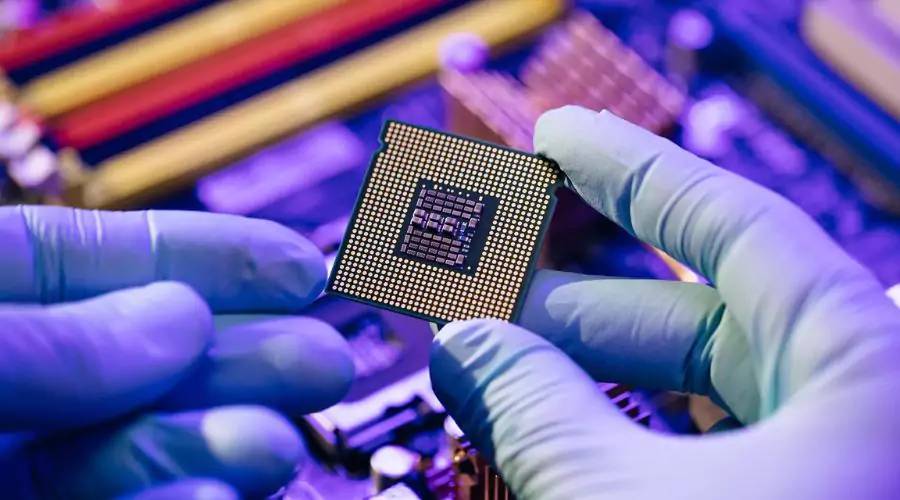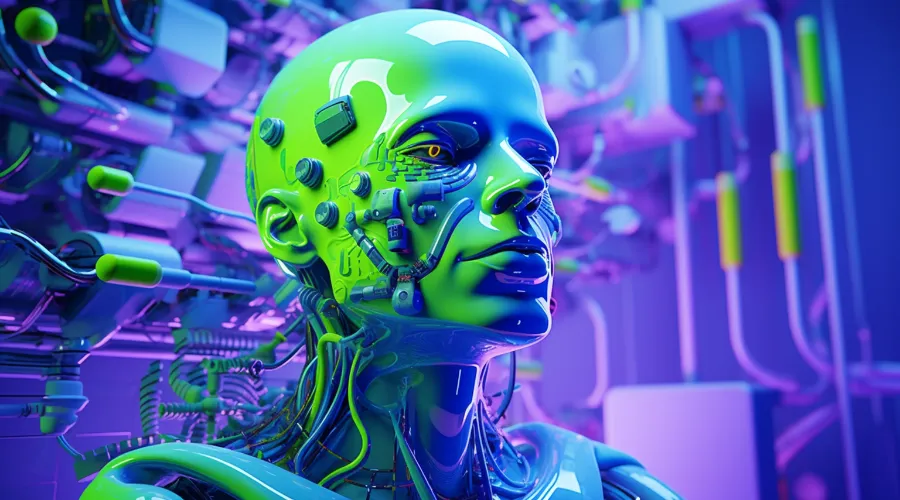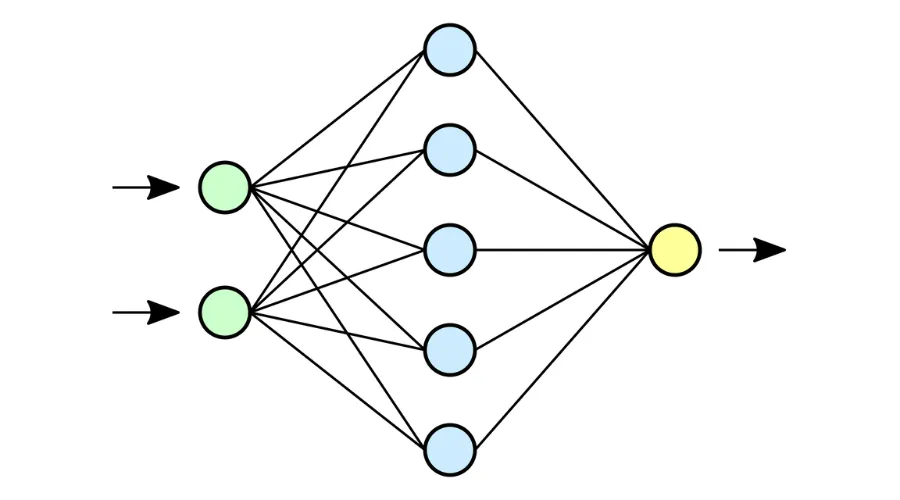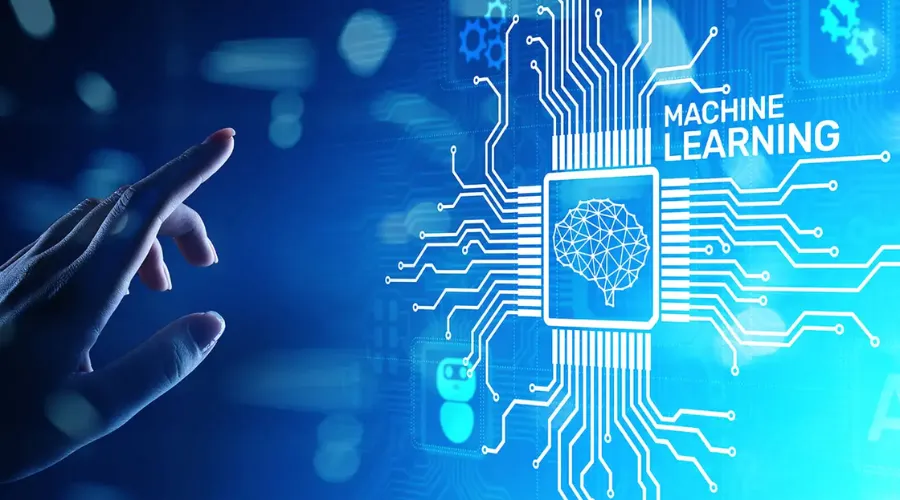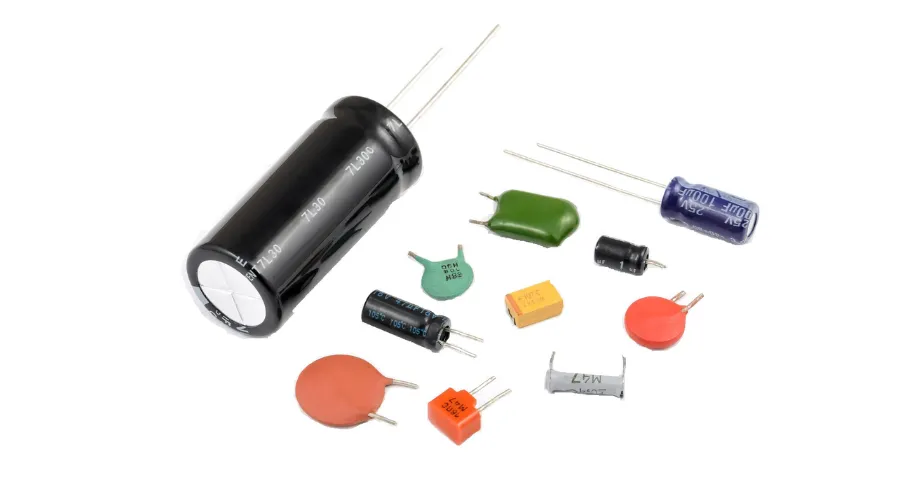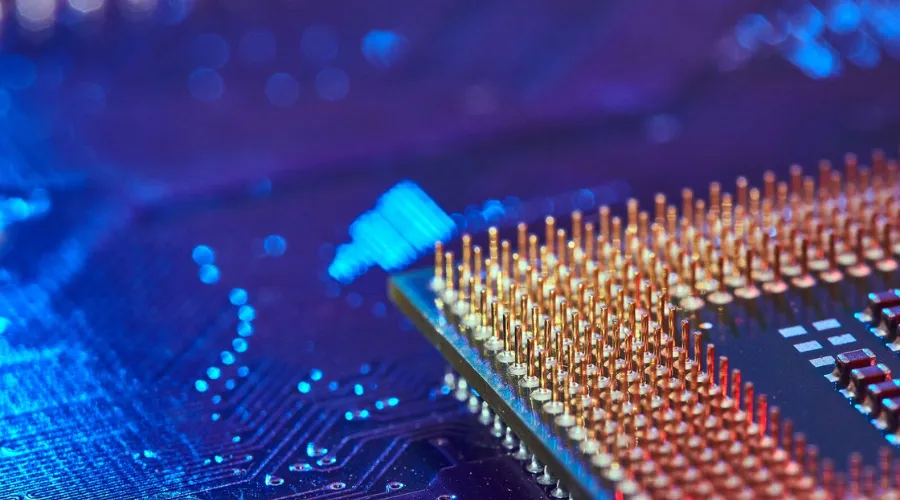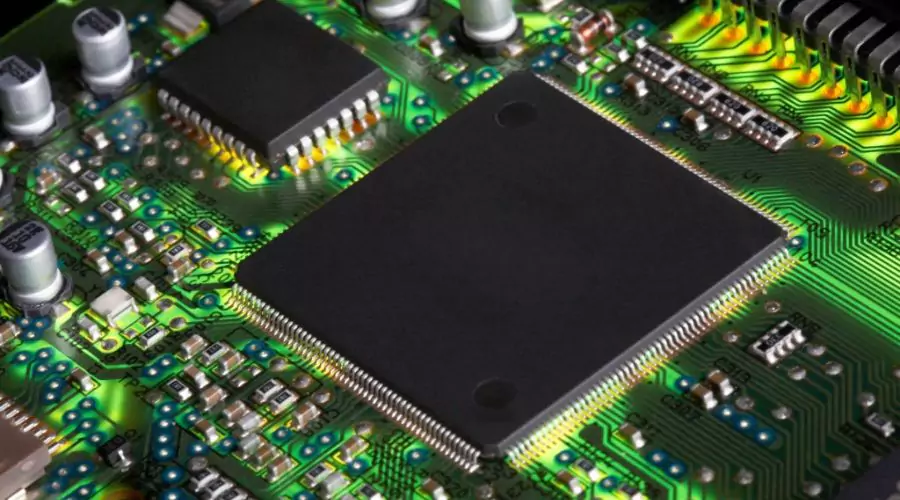
In the ever-evolving landscape of technology, microcontrollers have emerged as unsung heroes, silently powering the devices that have become an integral part of our daily lives. From smart home appliances to complex industrial machinery, microcontrollers play a pivotal role in ensuring seamless functionality. In this comprehensive exploration, we will delve into the world of microcontrollers, understanding their significance, applications, and the underlying technology that makes them the backbone of modern electronics.
Understanding the Essence of Microcontrollers
What Are Microcontrollers?
At the core of many electronic devices lies a tiny but mighty component – the microcontroller. Simply put, a microcontroller is a compact integrated circuit that comprises a processor, memory, and input/output peripherals. Unlike general-purpose computers, microcontrollers are designed for specific tasks, making them highly efficient in dedicated applications.
Microcontrollers come in various shapes and sizes, catering to the diverse needs of different industries. They are the brains behind everyday devices like microwave ovens, washing machines, and traffic lights, executing predefined tasks with precision and speed.
Anatomy of a Microcontroller
To comprehend the functioning of microcontrollers, it’s essential to unravel their internal structure. A typical microcontroller consists of:
- Central Processing Unit (CPU): The brain of the microcontroller, responsible for executing instructions and processing data.
- Memory: Divided into program memory (where the code resides) and data memory (for temporary storage of variables and intermediate results).
- Input/Output (I/O) Peripherals: These components facilitate communication between the microcontroller and the external world. Examples include sensors, actuators, and communication ports.
- Clock Circuit: Dictates the pace at which the microcontroller processes instructions, synchronizing its operations.
- Power Supply: Provides the necessary voltage for the microcontroller to function.
Understanding this architecture helps in grasping how microcontrollers process information and interact with their surroundings.
Applications of Microcontrollers in Daily Life
Smart Home Ecosystem
The integration of microcontrollers has revolutionized the concept of a smart home. From thermostats that learn your preferences to lighting systems that adapt to your mood, microcontrollers form the backbone of these intelligent devices. The ability to process data from various sensors and respond accordingly allows for the seamless automation of household tasks.
Automotive Sector Advancements
In the automotive industry, microcontrollers play a crucial role in enhancing safety, efficiency, and overall performance. Modern cars are equipped with microcontrollers for engine control, anti-lock braking systems (ABS), airbag deployment, and in-car entertainment. The increasing reliance on electric vehicles further emphasizes the significance of microcontrollers in shaping the future of transportation.
Industrial Automation
In industrial settings, microcontrollers contribute to the automation of processes, leading to increased productivity and precision. From controlling robotic arms on assembly lines to monitoring and regulating complex machinery, microcontrollers ensure that industrial operations run smoothly. The ability to handle real-time data and respond instantaneously makes them indispensable in critical applications.
Medical Devices and Healthcare
Microcontrollers are instrumental in the development of advanced medical devices that have transformed healthcare. From wearable fitness trackers to life-saving equipment like pacemakers, microcontrollers enable the creation of compact and efficient devices that aid in monitoring and improving health.
The Technological Marvel Behind Microcontrollers
Embedded Systems and Programming
Microcontrollers operate within embedded systems, where they are embedded into a larger device to perform specific functions. Embedded systems encompass a wide array of applications, from consumer electronics to industrial machines. Programming these microcontrollers involves writing code that dictates their behavior, making them execute tasks with precision.
Microcontroller programming languages vary depending on the architecture and manufacturer. Common languages include C, C++, and Assembly. Programmers must have a deep understanding of the hardware and software interaction to optimize the performance of microcontrollers.
Real-Time Operating Systems (RTOS)
One of the distinguishing features of microcontrollers is their ability to operate in real-time. Real-time operating systems (RTOS) are designed to manage the timing constraints of applications that require immediate responses. This is crucial in applications like robotics, where split-second decisions can determine the success or failure of a task.
RTOS enables microcontrollers to handle multiple tasks simultaneously, ensuring that critical operations are executed without delay. This capability is particularly valuable in applications where precision and timing are paramount.
Challenges and Innovations in Microcontroller Technology
Power Consumption and Efficiency
As technology advances, the demand for more energy-efficient devices increases. Microcontrollers, being the cornerstone of many portable and battery-powered devices, face the challenge of optimizing power consumption. Innovations in low-power design, sleep modes, and advanced power management techniques aim to address this challenge, paving the way for more sustainable and eco-friendly electronic devices.
Security Concerns in the IoT Era
The proliferation of the Internet of Things (IoT) has expanded the applications of microcontrollers, connecting devices and systems in unprecedented ways. However, this interconnectedness also raises concerns about cybersecurity. Microcontrollers embedded in IoT devices must be secure to prevent unauthorized access and protect sensitive data. Ongoing research focuses on developing robust security measures to safeguard the integrity of microcontroller-based systems.
Integration of Artificial Intelligence
The integration of artificial intelligence (AI) into microcontrollers is a frontier that holds immense potential. AI-enabled microcontrollers can adapt and learn from their environment, enhancing their ability to perform complex tasks. This innovation opens new possibilities in various fields, from smart homes that understand user preferences to industrial machines that optimize their operations based on real-time data.
Future Prospects and Conclusion
Microcontrollers continue to evolve, driven by the relentless pursuit of efficiency, connectivity, and innovation. As we look to the future, the role of microcontrollers is poised to expand further, influencing how we interact with technology on a daily basis.
In conclusion, microcontrollers are the unsung heroes that power the devices shaping our modern world. From the smart home to the industrial complex, their impact is profound and far-reaching. As technology advances, so will the capabilities of microcontrollers, unlocking new possibilities and reshaping the landscape of electronics. Understanding the intricate dance between hardware and software within these tiny chips unveils the true marvel of microcontrollers – the heartbeat of the digital age.

